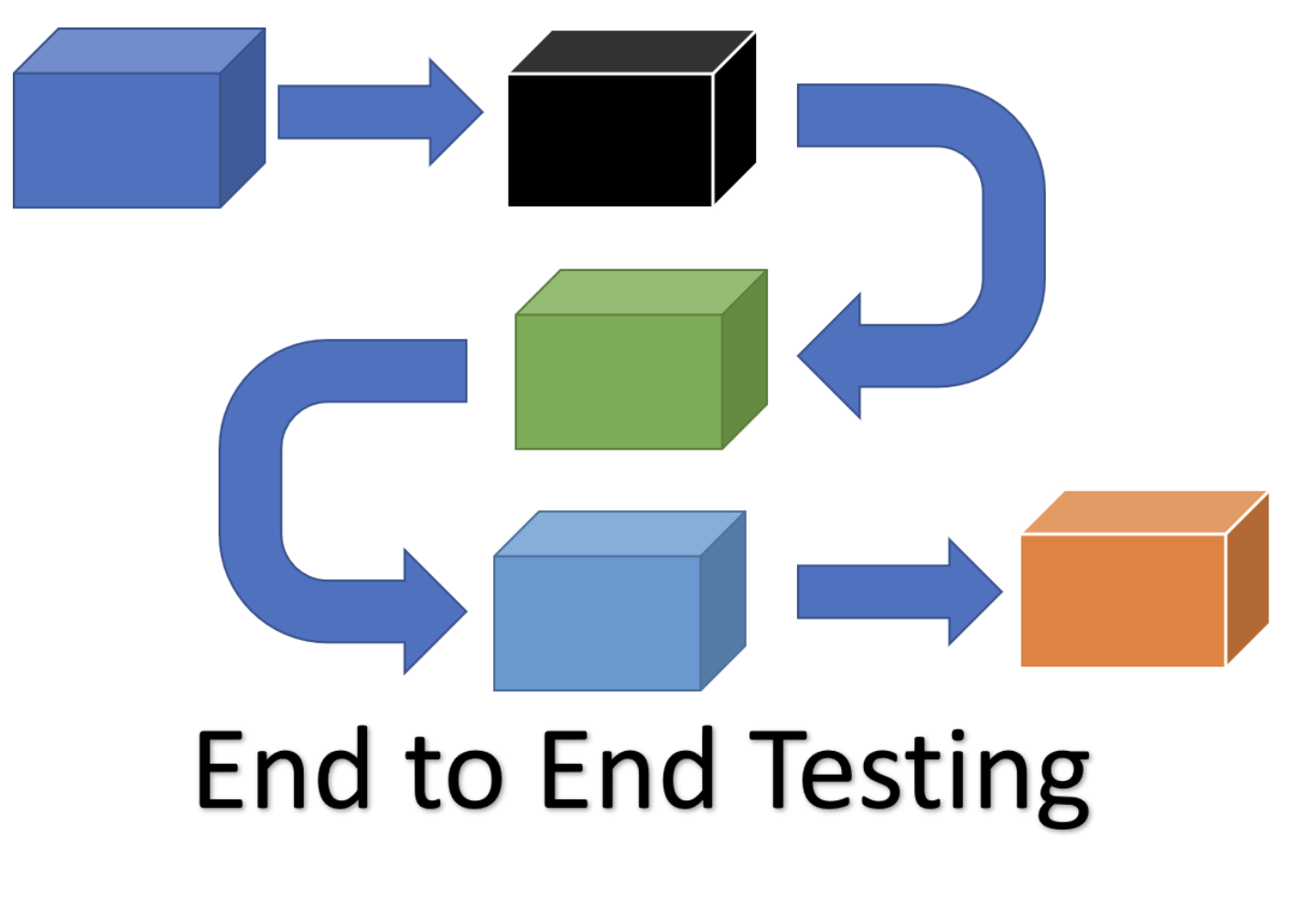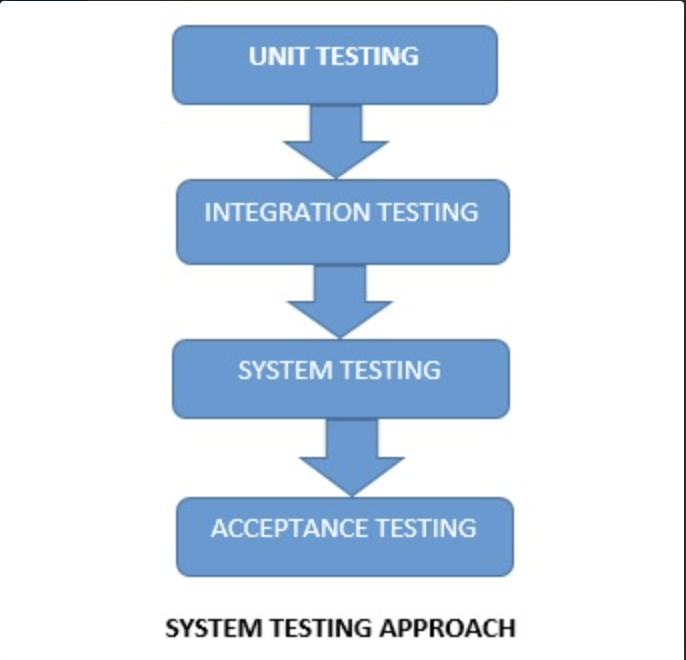Introduction
In a community group it was asked how to setup a correct E2E in devops
Two questions were important for the person.
- What is in the end to end test.
- Who is responsible for the E2E
Before I answer the question I want to first answer why you need E2E testing (in devops or other)
Why: The Purpose
- Enhance Product Quality: The core purpose of incorporating E2E testing in a DevOps environment is to ensure that the software product meets the highest standards of quality by testing it from the user’s perspective. It aims to detect and resolve issues that could impact the user experience, ensuring that all integrated components of the application work together seamlessly.
- Accelerate Release Cycles: DevOps emphasizes continuous integration and continuous delivery (CI/CD), where E2E testing plays a crucial role in automating the testing of applications in conditions that mimic real-world scenarios. This automation helps in identifying bugs early, reducing the time to market, and increasing the release velocity without compromising on quality.
- Build Customer Trust: By ensuring that every release meets a high standard of quality and functionality, E2E testing helps build and maintain trust with end-users. This is critical in today’s competitive landscape, where user satisfaction is key to the success of a product.
How: The Process
- Automate Testing: Automate E2E tests to run as part of the CI/CD pipeline. This involves creating test cases that simulate real-world user scenarios from start to finish, including interactions with the database, network, external systems, and the user interface.
- Continuous Feedback: Implement continuous testing and feedback mechanisms to quickly identify and address issues. E2E testing should be integrated into the early stages of development and continue throughout the deployment process to ensure constant improvement and quality assurance.
- Collaboration and Communication: Foster a culture of collaboration between development, operations, and quality assurance teams. E2E testing in DevOps requires cross-functional teams to work together to define test criteria, share feedback, and resolve issues, ensuring a shared responsibility for product quality.
- Leverage Tools and Technologies: Utilize the right set of tools and technologies that support automation, collaboration, and reporting. This includes selecting appropriate testing frameworks, continuous integration tools, and communication platforms that align with the team’s workflows and the technical requirements of the project.
What: The Outcome of E2E Testing in DevOps
- High-Quality Software: The direct outcome of integrating E2E testing within DevOps is the delivery of high-quality software that meets user expectations in terms of functionality, performance, and reliability.
- Improved User Experience: By testing the application in scenarios that closely mimic real user interactions, teams can ensure a positive and seamless user experience, leading to higher user satisfaction and retention.
- Faster Time to Market: With automated E2E testing and continuous feedback, organizations can identify and fix issues more rapidly, leading to shorter development cycles and faster time to
Answering question 1 Diving into the What: What is in the E2E test
In software development, especially within the context of DevOps and agile practices, different types of testing are crucial to ensure that applications are reliable, performant, and meet user expectations. Here’s an overview of what is typically involved in End-to-End (E2E) testing, API testing, UI testing, and Unit testing
Unit Testing
- What It Is: Unit testing involves testing the smallest parts of an application in isolation (usually individual functions or methods). The primary goal is to ensure that each unit of the software performs as designed.
- Responsibility: Primarily the responsibility of developers. Unit tests are written and executed by developers to catch bugs early in the development process.
- Scope: The scope is limited to the internals of an application. It does not involve the user interface, external dependencies, or integration between components.
API Testing
- What It Is: API testing involves testing the application programming interfaces (APIs) directly to ensure that they meet functionality, reliability, performance, and security expectations. It’s about testing the logic of the build architecture within the context of the API layer.
- Responsibility: Often a shared responsibility between developers and QA engineers. While developers may write initial API tests, QA professionals typically expand upon these tests and incorporate them into automated testing suites.
- Scope: The scope includes the business logic layer of an application. It tests interactions between various parts of the application and external services but does not include testing the user interface.
UI Testing
- What It Is: UI testing involves testing the graphical interface of an application—how it looks and how it interacts with users. This includes testing layout, design elements, navigation, and functionality from the user’s perspective.
- Responsibility: Usually the responsibility of QA engineers, though developers may also be involved, especially for component-based UI testing.
- Scope: The scope is limited to the user interface and user interaction with the application. It does not typically involve testing the underlying business logic or API layer unless the UI test triggers such interactions as part of a user scenario.
End-to-End (E2E) Testing
- What It Is: E2E testing involves testing an application’s workflow from beginning to end. It aims to replicate real user scenarios to ensure the system behaves as expected in a production-like environment. This type of testing covers the application’s interaction with its environment, including databases, network, and other applications.
- Responsibility: A collaborative effort involving developers, QA engineers, and sometimes operations teams. While QA engineers often lead the design and execution of E2E tests, developers and operations provide input, especially when tests involve complex scenarios or specific environmental configurations.
- Scope: The most comprehensive, covering everything from the user interface, API interactions, external dependencies, database transactions, and overall application performance. E2E tests are designed to simulate real user experiences as closely as possible. Each testing type plays a crucial role in a comprehensive software testing strategy, addressing different aspects of application quality. Unit testing helps ensure that individual components work correctly, API testing validates the business logic layer, UI testing ensures the front-end meets user expectations, and E2E testing verifies the system as a whole under conditions that mimic real-world use. In a DevOps culture, these testing practices are integrated into the continuous integration/continuous deployment (CI/CD) pipeline to automate and streamline validation processes, ensuring that software can be released quickly and with confidence.
Overall, in my personal opinion API testing are best suited for E2E as it can be used for test data management, process testing and is less brittle, but all are important.
Answering question 2: Who is responsible: Integrating the Why, What and how
First of all who are the key players in a devops team
Development Team
- What They Do: Developers play a crucial role in defining and implementing unit tests and, in many cases, integration tests. While E2E testing often focuses on the system as a whole from the user’s perspective, developers need to ensure their code integrates well with the rest of the application.
- Responsibility in E2E Testing: Developers are responsible for ensuring that their code meets the functional requirements and is free of defects before it moves further down the CI/CD pipeline. They may also contribute to writing E2E test cases, especially those that relate directly to the features they have developed.
Quality Assurance (QA) Team
- What They Do: QA professionals, where present, typically take the lead in defining the scope of E2E tests. They design test cases based on user stories and acceptance criteria to ensure the application behaves as expected in real-world scenarios.
- Responsibility in E2E Testing: QA teams are responsible for maintaining the test suite, executing E2E tests, analyzing the results, and communicating defects to the development team. They ensure that every aspect of the application, from the user interface to backend services and data integrity, works as intended.
Operations Team
- What They Do: The operations team is responsible for managing the infrastructure and environments where the application is developed, tested, and deployed. This includes ensuring that the testing environment closely mirrors the production environment to achieve accurate test results.
- Responsibility in E2E Testing: In the context of E2E testing, operations professionals ensure that the deployment pipeline is correctly configured to facilitate automated testing and that any infrastructure-related issues that could affect test outcomes are promptly addressed.
Product Owner/Business Analyst
- What They Do: Product owners or business analysts define the requirements and expected outcomes of the application. They have a deep understanding of user needs and business goals.
- Responsibility in E2E Testing: They contribute to E2E testing by ensuring that the test scenarios and acceptance criteria reflect real-world use cases and by prioritizing tests based on business value and risk.
Shared Responsibilities
In the spirit of DevOps, E2E testing is a collaborative effort:
- Planning and Prioritization: Deciding what tests are critical and should be included in the E2E suite involves input from development, QA, operations, and business stakeholders.
- Test Creation and Execution: While QA might lead the effort, developers and operations personnel also contribute, particularly when tests require specialized knowledge of the application or the environment.
- Monitoring and Feedback: The results of E2E tests, especially those run in production-like environments, are valuable to all team members. Insights gained can lead to improvements in application design, deployment practices, and operational monitoring.
- Continuous Improvement: E2E testing feedback loops help teams continuously improve the application and the deployment pipeline, aligning with DevOps principles of iterative improvement and increased automation. By distributing the responsibility for E2E testing across the team, DevOps practices encourage a culture of quality and shared ownership, where everyone is accountable for the reliability and performance of the software. This collaborative approach not only improves the quality of the software but also speeds up the delivery process and enhances team morale.
THANK YOU











